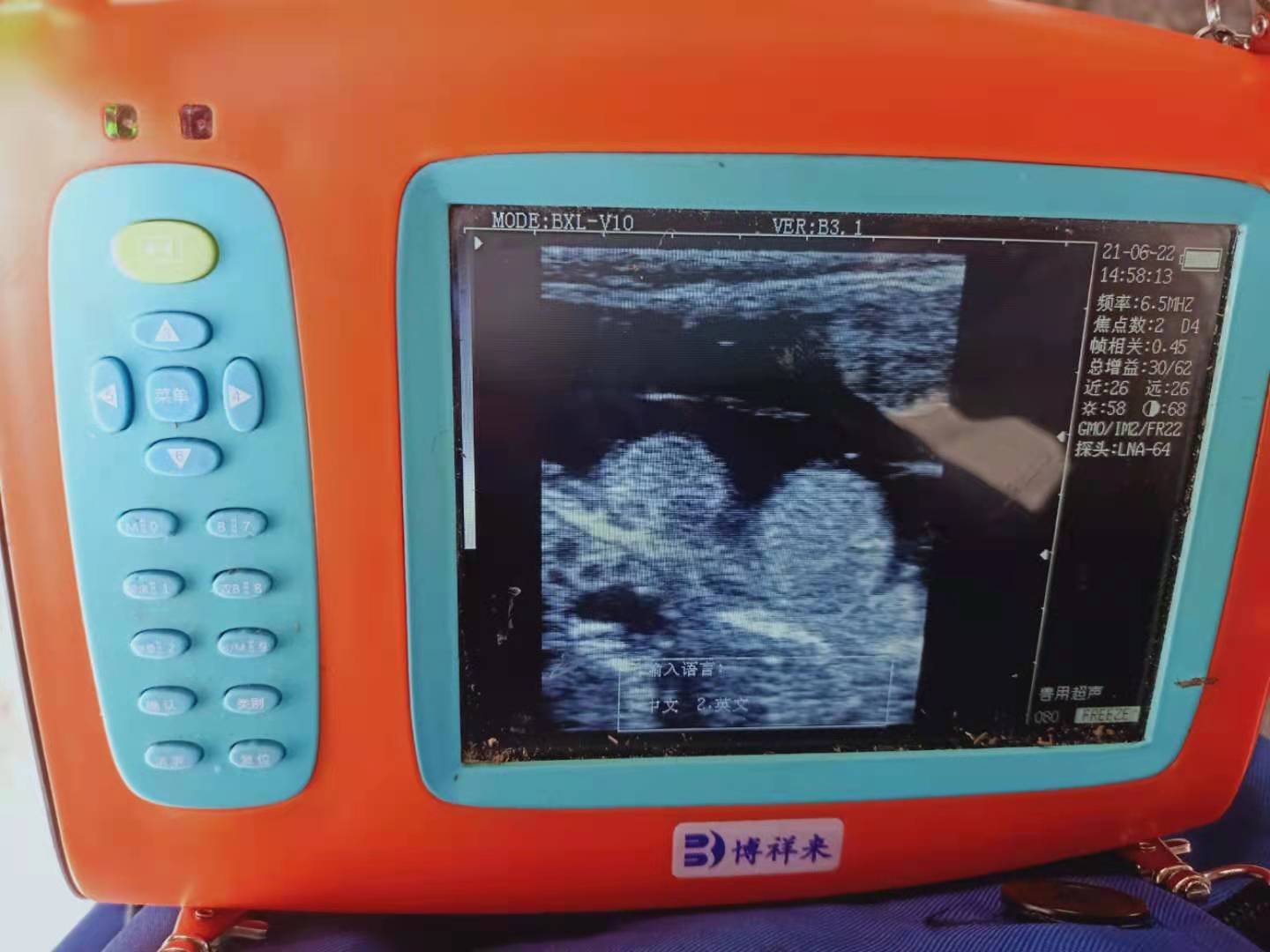The so-called dynamic aperture in the Veterinary ultrasound system refers to the situation where, in the receiving mode, only a few central elements are initially turned on to receive ultrasound signals, while other elements are in a closed state. As the receiving depth increases, more and more receiving channels are opened, and the receiving aperture gradually increases until the depth reaches its maximum, at which point all receiving elements are turned on.

Reducing the maximum delay, the delay between the edge and center elements in the receiving array of the array sensor is approximately proportional to the square of the aperture. For the convenience of physical implementation, the maximum delay of the focusing system should usually be limited. This requires the use of smaller receiving element apertures in the near-field region to reduce the number of receiving elements; In animal ultrasound far-field imaging, a larger aperture can be used to improve reception sensitivity.
Increase the focal depth of the near-field area of the veterinary ultrasound. The definition of focal depth refers to the distance between two points when the beam width spreads to twice the beam width at the focal point. Under dynamic focusing conditions, each focal point should have a certain depth of focal zone. When changing the focal length, the receiving focusing circuit is allowed to have a certain transition time to reduce interference caused by the transition process. Therefore, even in the near-field region, excessive focusing should not be used, which also requires the use of smaller apertures.
Reducing the control range of TGC, when using small aperture reception in the near-field area and large aperture reception in the far-field area of animal ultrasound, to some extent reduces the huge difference in far-field reflection signals caused by the attenuation of ultrasound waves by moving object tissues.
tags: veterinary ultrasoundanimal ultrasound


